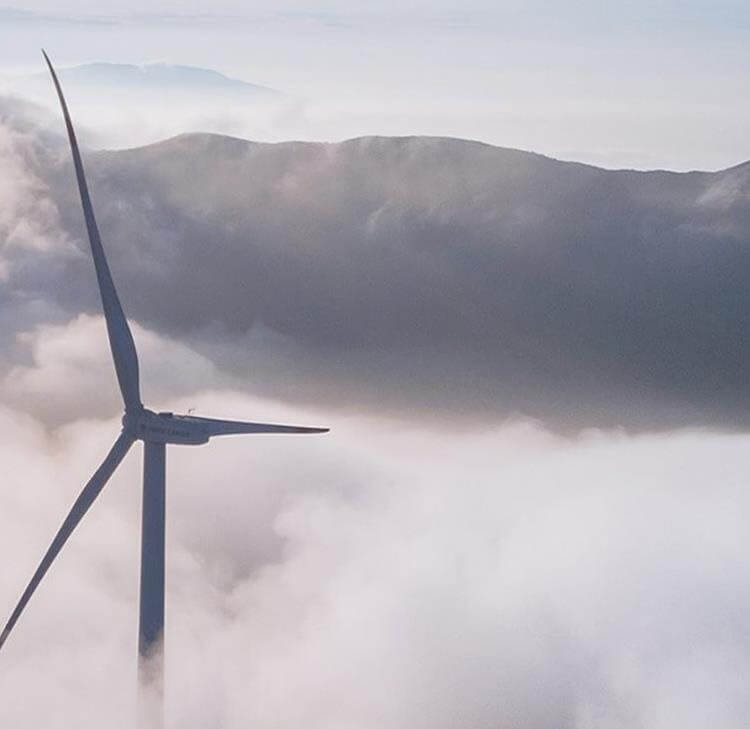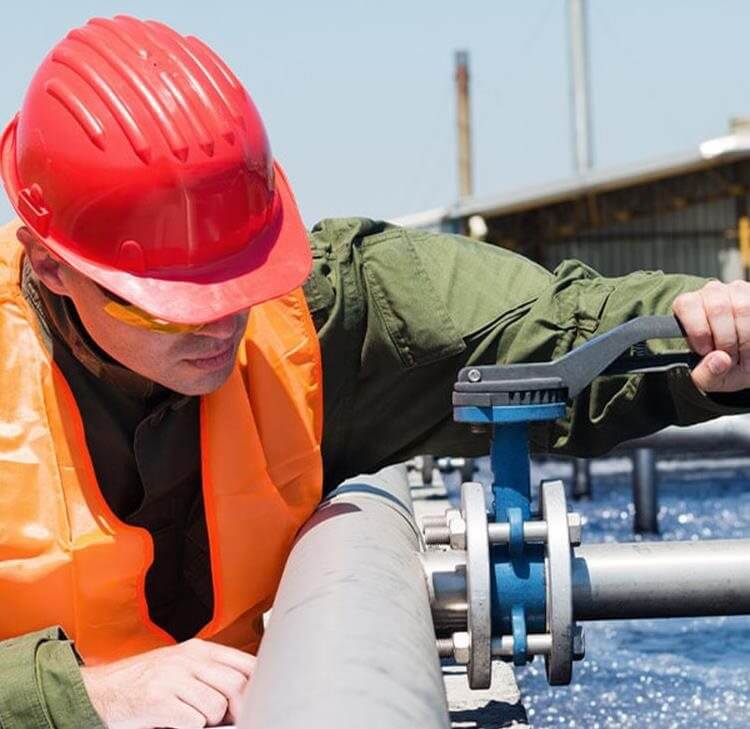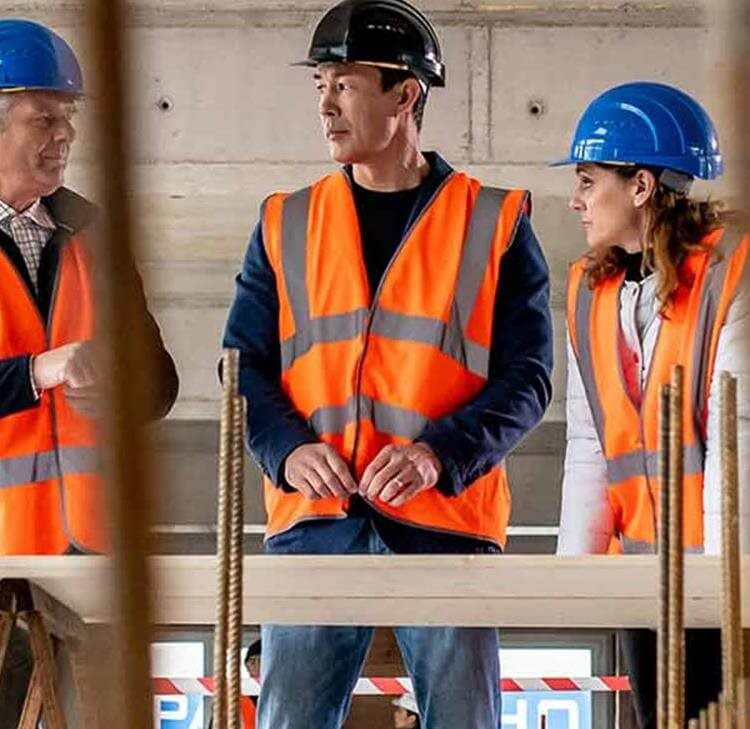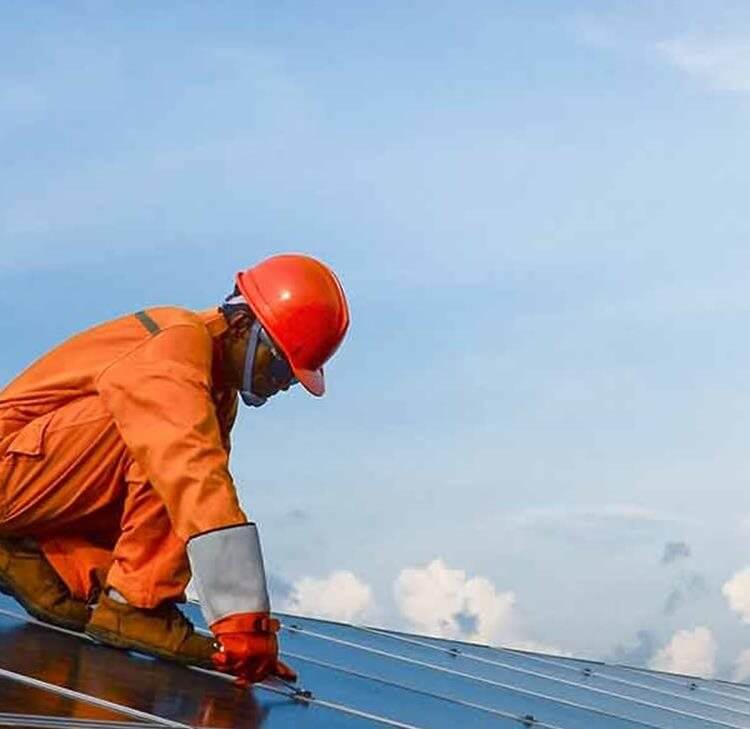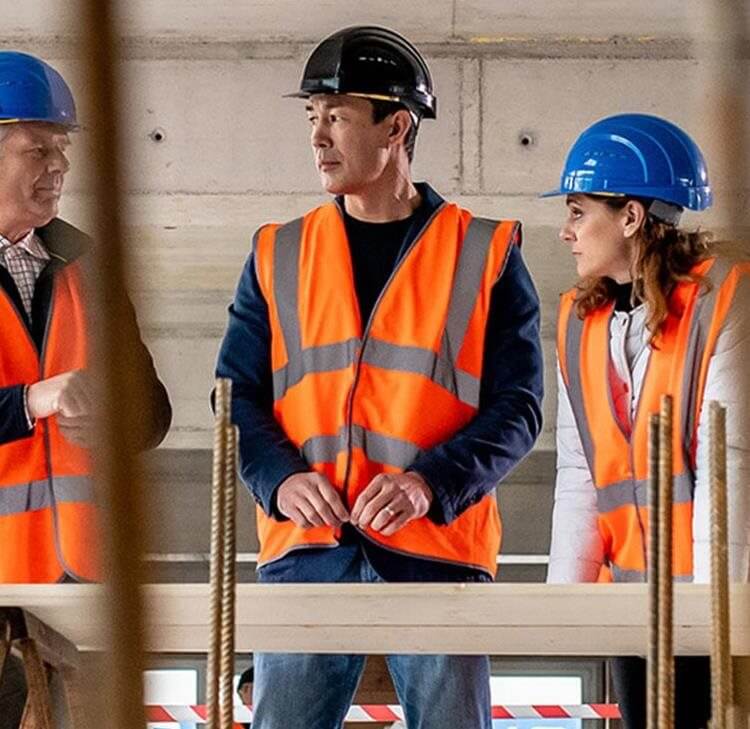This article was originally published in April by The Energy Industry Times.
Zoe Stollard, Construction and Energy Partner reflects on the history of civil nuclear and explores the future of nuclear energy. The word “journey” is often overused, but it is fair to say that civil nuclear has been on a 70-year journey with exciting developments, many challenges along the way, with the future looking bright and clean.
Since 1956 nuclear energy has played a vital part in supplying secure and reliable energy in the UK. The first civil nuclear facility was opened at Calder Hall in Windscale which later became known as Sellafield. Calder Hall was the first nuclear power plant in the world to generate enough electricity in commercial quantities enabling it to be connected to the national grid. Whilst only generating 180MWe the scene was set for the UK to be in the vanguard of world nuclear energy.
Following the successful opening of Calder Hall, work started on a fleet of new nuclear sites in the 1950’s and 1960’s across the UK initially using Magnox reactors before moving to AGR reactors with each site increasing its energy generation capacity. Demonstrating the technological strides made, you just have to look at Hinkley Point: A opened in 1965 generating 470Mwe; with B opening in 1976 generating 840Mwe; and C, an EPR facility, currently being built scheduled to generate 3200MWe.
Whilst the vast majority of these reactors have been, or are in the process of being, decommissioned the role that nuclear energy has and can play should not be underestimated. At its peak, nuclear energy generated 26% of all electricity in the UK compared to circa 16% today. With the building of HPC and the planned Sizewell C will generate at least 13% of UK energy needs for the next 60 years, but it essential that, as a country, we embrace new nuclear solutions.
Over the last few years there has been considerable talk and noise about the opportunities that small modular reactors (SMRs) will bring as part of the UK Government’s strategy to achieve net zero, support energy security, deliver economic growth, and the creation of skilled jobs. SMRs have been defined by the International Atomic Energy Agency as producing up to 300MWe which is about 10% of the MWe capacity of HPC, although some will generate more electricity. SMRs are seen as the next generation of the nuclear energy evolution which also has the potential of reducing nuclear waste due to continual advances in technology and understanding.
The construction of SMRs is very different to a large-scale nuclear reactor with it largely being built in factories to minimise costly on-site construction. They should be much more affordable to build due to their modular design, size and by avoiding the significant upfront costs and decade-long development times of the EPR reactors. If you look at HPC, a third of the cost to build is taken up on finance costs due to the risk and time taken to build.
For Sizewell, and SMR development generally, the Nuclear Energy (Financing) Act 2022 was an important step forward to help progress the build of large-scale reactors along with SMRs. In short the Bill, which has now achieved Royal Ascent, makes provision for the implementation of a regulated asset base (RAB) model for nuclear energy generation projects along with revenue collection.
In addition to the Bill, the Chancellor of the Exchequer in his March 2023 budget delighted many in the sector with two announcements. First, nuclear would be classified as environmentally sustainable (which was aimed at institutional investors enabling them to consider investing in new nuclear as part of their ESG investment strategy). This is particularly important to the many companies in the race to build SMR facilities in the UK, such as NuScale Power, Rolls Royce, Newcleo and Westinghouse. Newcleo has already reported raising over £350m from a range of investors.
Secondly, the Chancellor launched the first competition for SMRs with a pledge it would be co-funded if viable. This is in addition to the £210m the Government committed to Rolls Royce for its SMR programme in 2022. Rolls Royce has plans to build 16 SMRs across the UK which are likely to cost around £1.8bn (currently at licensing stage). If achieved, it could create 44,000 UK jobs and £52bn in economic benefit, supporting many businesses for decades to come.
The legacy of the first wave of nuclear reactors in the 1950’s, 1960’s and beyond means there are many licensed nuclear sites with good grid connectivity where SMR can be located and serve the local community. There is strong appetite for SMRs at these sites, as well as the location to build the first SMR factory, with 6 locations in the North competing to partner Rolls Royce helping with the Government’s levelling up agenda.
You just have to look at the excitement which has surrounded the announcement of the first prototype fusion power station at West Burton. Along with the investment at the UKAEA site in Culham, both from Government and private investors such as general Fusion, it has the potential of becoming a game changer which could be replicated.
To get the first SMR design licensed, built and operational within a few short years should accelerate deployment of more SMR designs to achieve the many objectives the Government has. With further central support, the SMR future is bright and clean!






